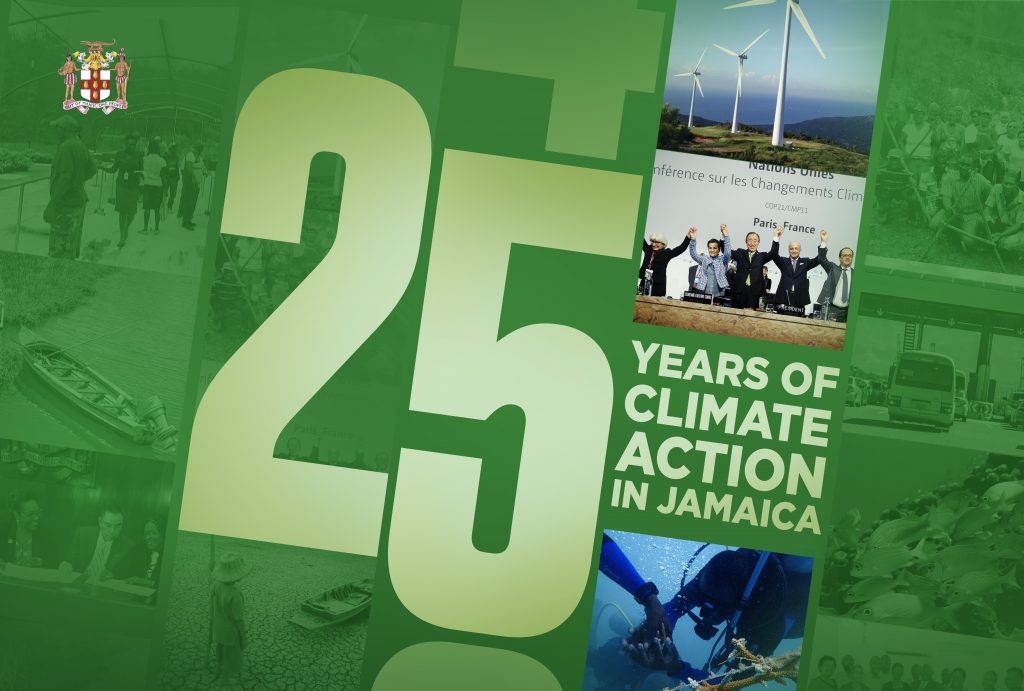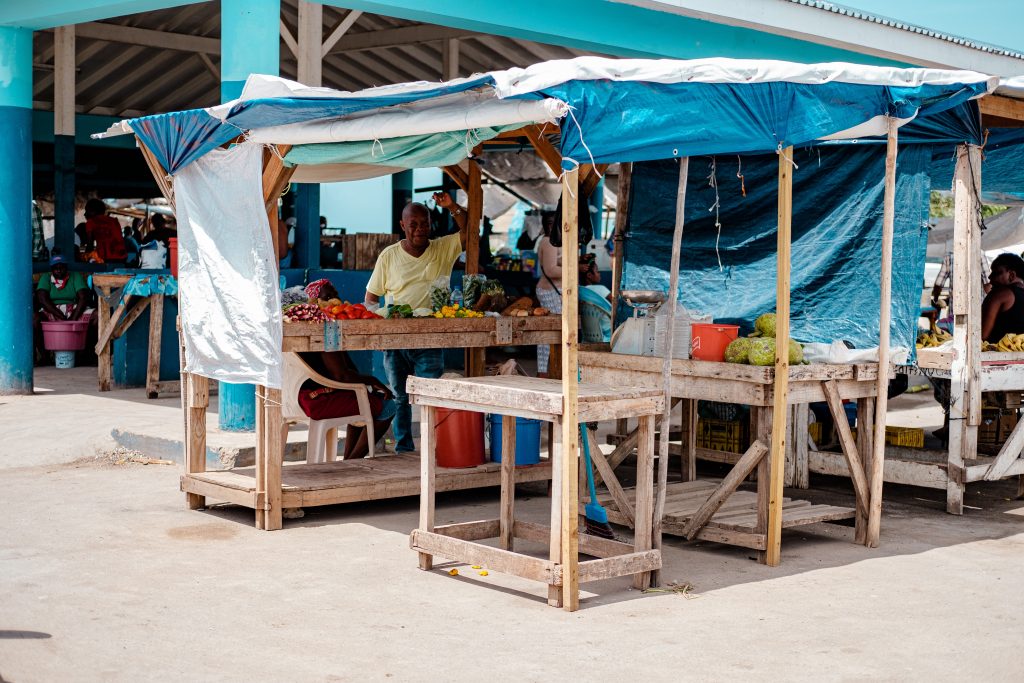For decades, Jamaicans have recognized the need to adapt to the impacts of climate change—and acted on it. With several dozen adaptation projects completed or in their implementation stage and an institutional structure set up to ensure coherence and collaboration between government and non-government actors, Jamaica can boast of its track record.

To ensure that lessons learned shape the road ahead, the Climate Change Division (CCD)—charged with steering national climate thinking and action in the country—set out to reflect and take stock of Jamaica’s climate resilience efforts in the last quarter century. We did so by analyzing past and present initiatives and making recommendations for the road ahead.
With this “stocktaking” exercise completed, the NAP process is now ready to begin.
A sophisticated understanding of adaptation
When representatives from across Jamaican institutions and civil society gathered to discuss the challenges and opportunities associated with designing and implementing climate actions, what resulted was an engaging, at times philosophical, debate about the very meaning of adaptation and what shape climate action should take. This was far different than what we expected to be a technical discussion focused on pre-determined goals.
That gave us all a sense of hope and a new focus looking forward, as well as a sense that people have a lot to contribute to the shape of adaptation in the country. Such openness and questioning of what adaptation should be is not always the case in some jurisdictions—and not always welcomed by officials. Adaptation can often be framed in a narrow, technical way, its outcome perceived as abstract “risk reduction” and its core objectives leaving no room to discuss human well-being.
With that in mind, it is no wonder that stakeholders would merge views on adaptation with the bigger picture: What should adaptation essentially achieve? How does climate action deliver developmental goals like food security? Or how can we tell if our efforts are going in the right direction?
In fact, these interrogations lead to one of the important lessons of this stocktaking process, as they reveal the sensitivity of Jamaican stakeholders—both governmental and non-governmental—to the overarching complexity of undertaking adaptation in a just and effective way. When adaptation efforts are simplified so that adaptation is understood as climate-proofing alone (not needing to address governance or justice issues, for instance), they fail to respond to the underlying challenges, like poverty and access to resources. In doing so, they dismiss the ultimate and fundamental objective of adaptation, which is to address an unquantifiable variable: people’s well-being.
Moving toward a more resilient future, together

We are moving “together”—as a wide spectrum of stakeholders from Jamaica (government, civil society, non-governmental organizations, the private sector, academia)—to define and articulate adaptation needs so that the design and, later, implementation of climate-resilient initiatives can be truly inclusive and representative.
This togetherness was evident during the NAP stocktaking process when we held two virtual workshops and targeted one-on-one engagements. We promoted a dialogue between sectors traditionally working on adaptation (such as agriculture, water, or forestry) and those we call emerging sectors. The latter’s contributions to adaptation are equally important but have not yet been a key direct interlocutor in national-level adaptation discussions (such as the Ministry of Local Governments and representatives from parishes and the social development and gender sectors).
Working with stakeholders behind the curtains was another important factor in producing adaptation stocktaking results that are representative and incorporate diverse perspectives—avoiding the narrow, sectoral approach. That plurality occurred thanks to constructive teamwork among Jamaica’s CCD; Clifford Mahlung, whom we have affectionally nicknamed the Historian of Jamaican climate; the NAP Global Network; and the Green Climate Fund.
On the road to Jamaica’s NAP
With the soil ploughed and the seeds sown, ready for a bumper harvest NAP season, our stocktaking exercise produced some words of wisdom for Jamaica’s continuing process toward a climate-resilient future:
- The challenges ahead are neither obvious nor simple. Dedicating time to listen and engage in discussions is important to clearly understand the problems and craft the most appropriate solutions.
- Policy coherence is fundamental to ensuring the effectiveness of climate action, as it amplifies the benefits and creates synergies that lead to efficiency.
- Mainstreaming adaptation through a multisectoral approach to thinking, budgets, and action plans creates important leverage, as opposed to creating an unattached, new list of adaptation actions for each sector.
- Government commitment to promoting adaptation initiatives remains a make-or-break factor; certainly, so does private sector investment, but government must stand tall and strong behind adaptation efforts.
- No one left behind: No girl, woman, boy, or man should be left behind. Special attention must be paid to groups that are particularly vulnerable. The adaptation process must be inclusive and participatory, engaging with civil society, government, academia, and the private sector.
These words are valid for Jamaica as it ploughs on, but they are also an invitation to countries around the world developing and implementing their adaptation plans.
We are feeling very optimistic about Jamaica’s continued journey. The commitment of government stakeholders across all sectors and, perhaps even more importantly, the energy and knowledge that non-governmental actors are bringing will ensure that Jamaica’s upcoming NAP takes the tough but necessary road to climate justice and resilience.